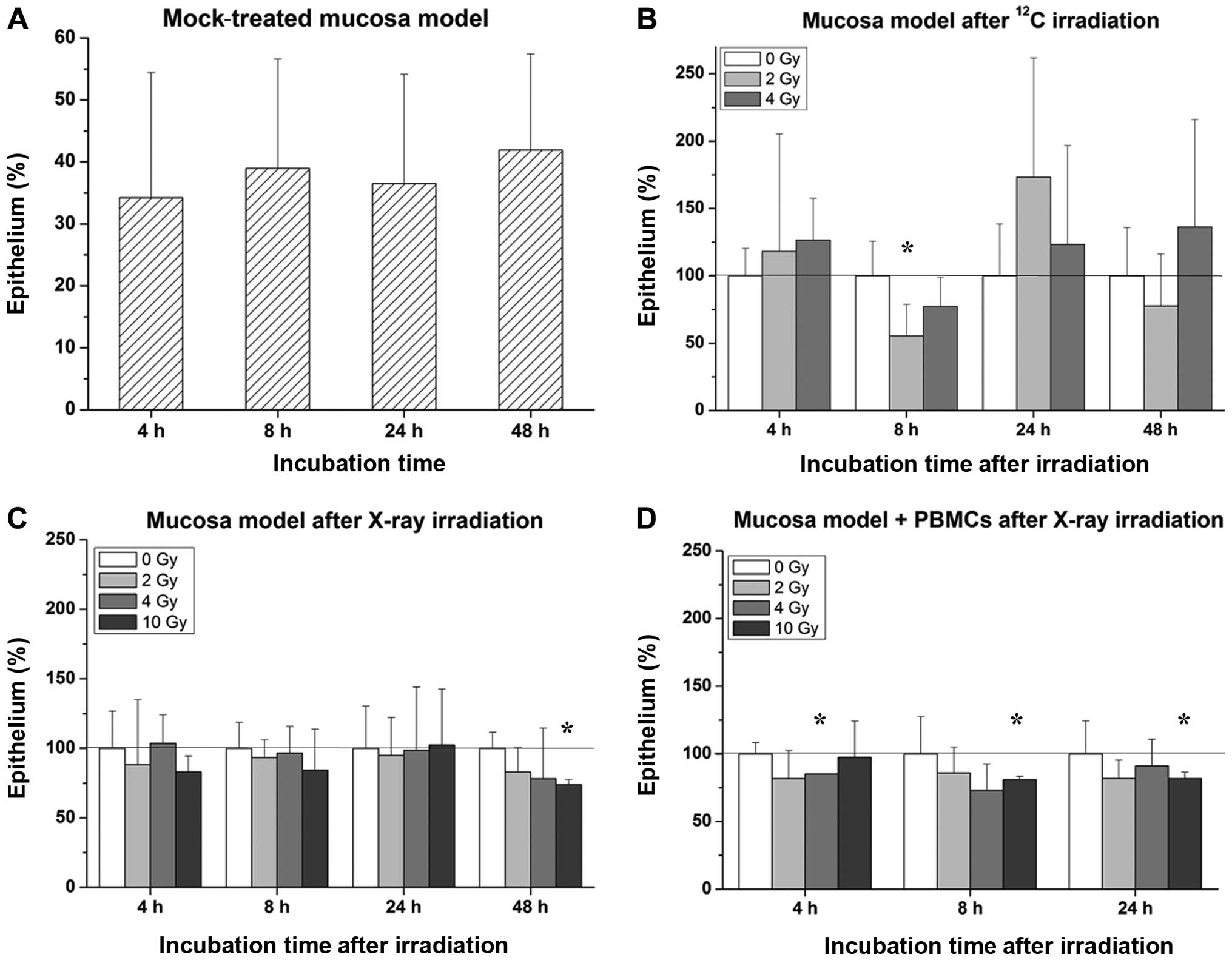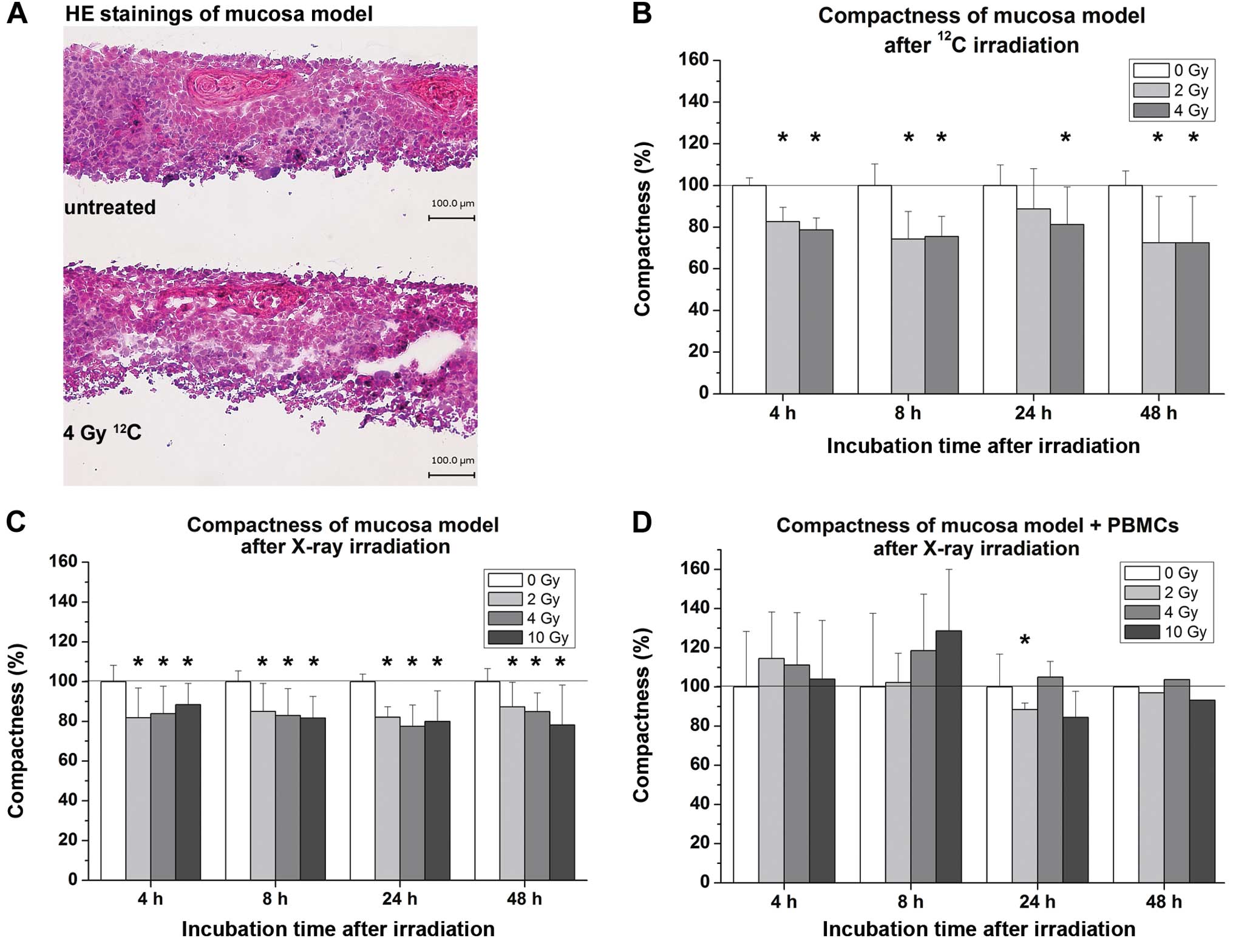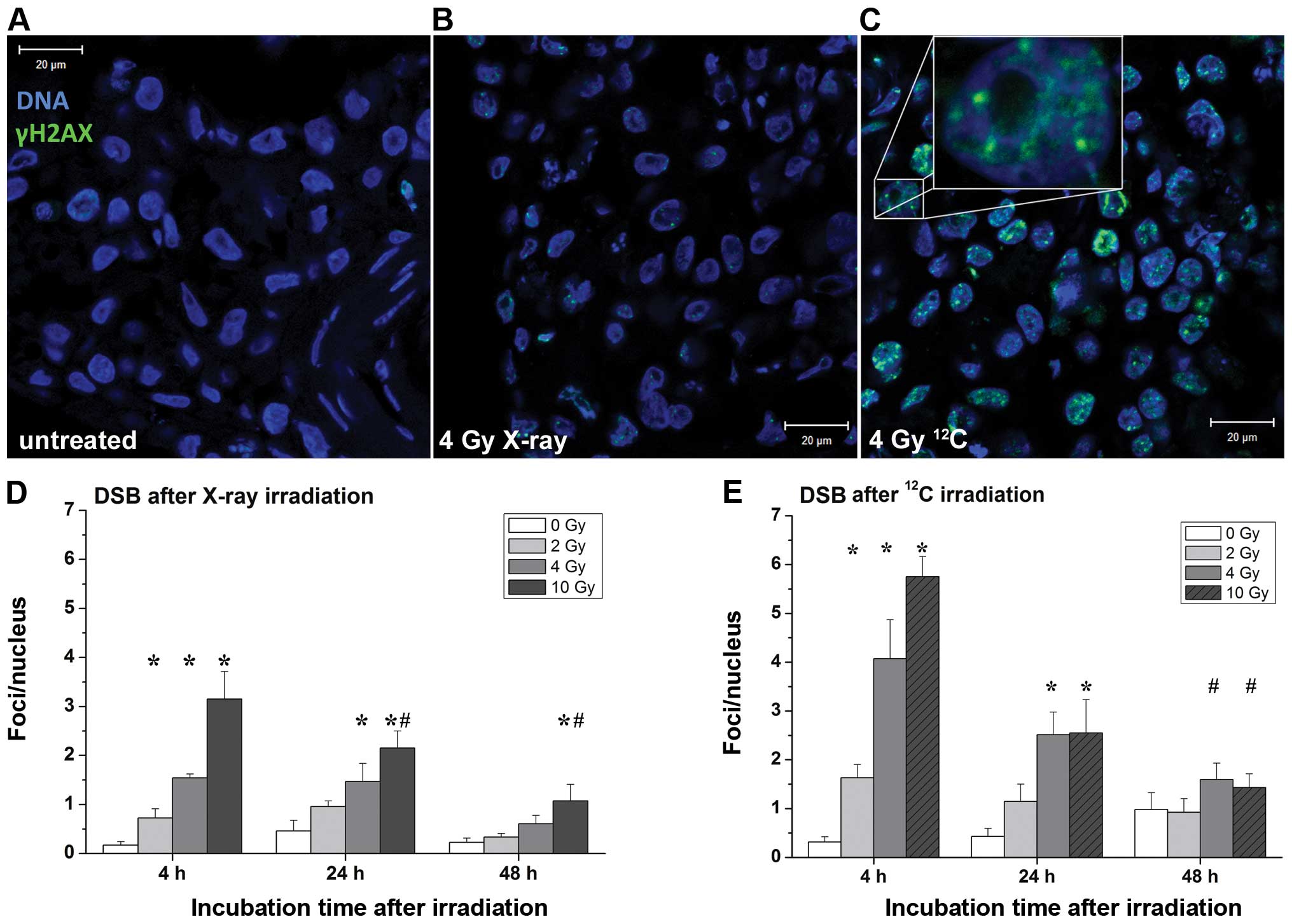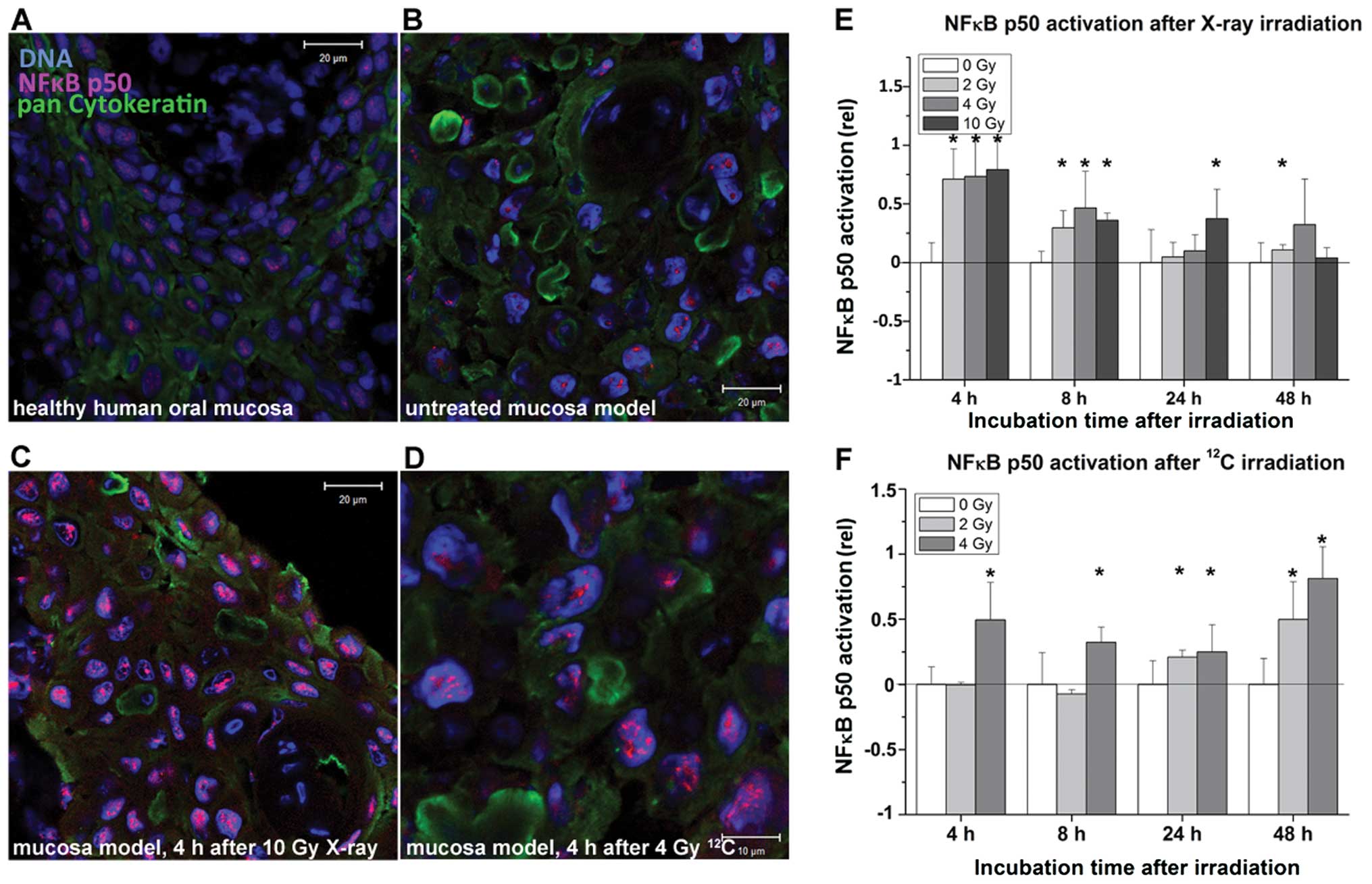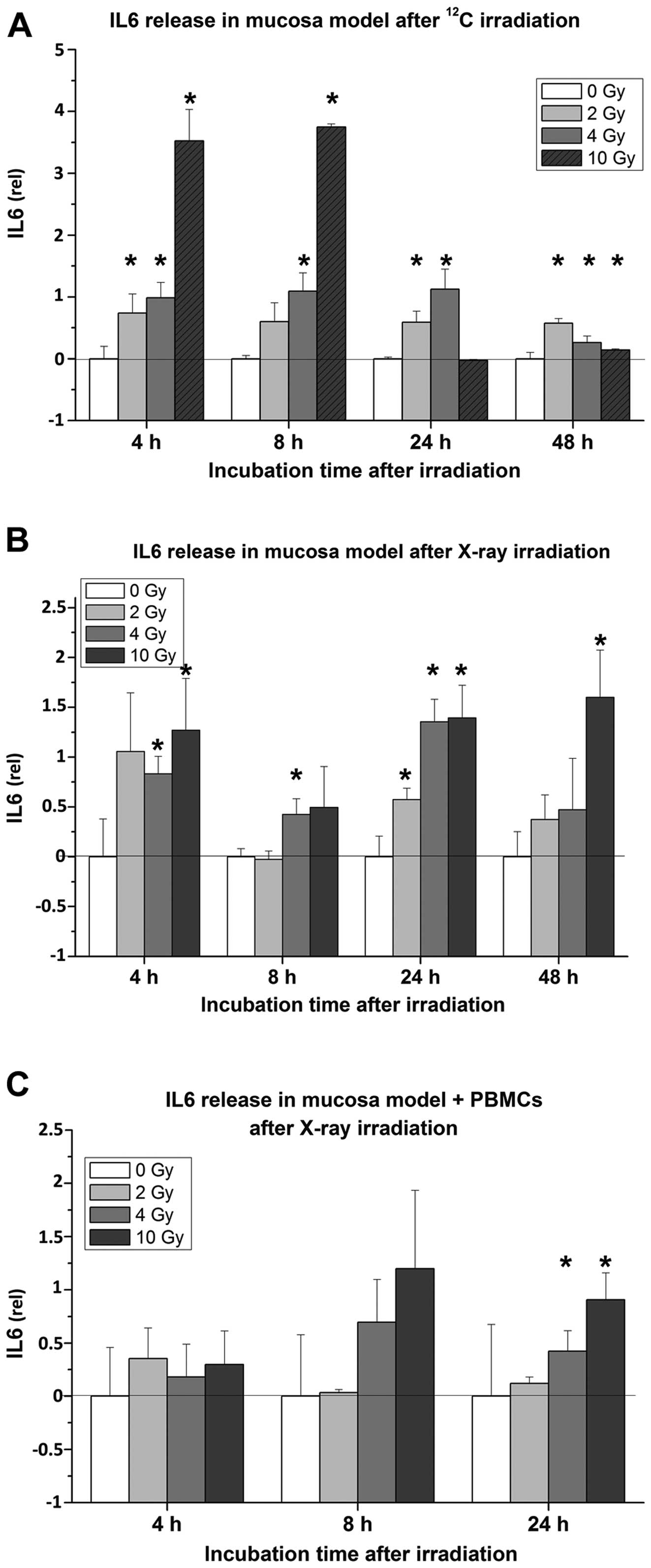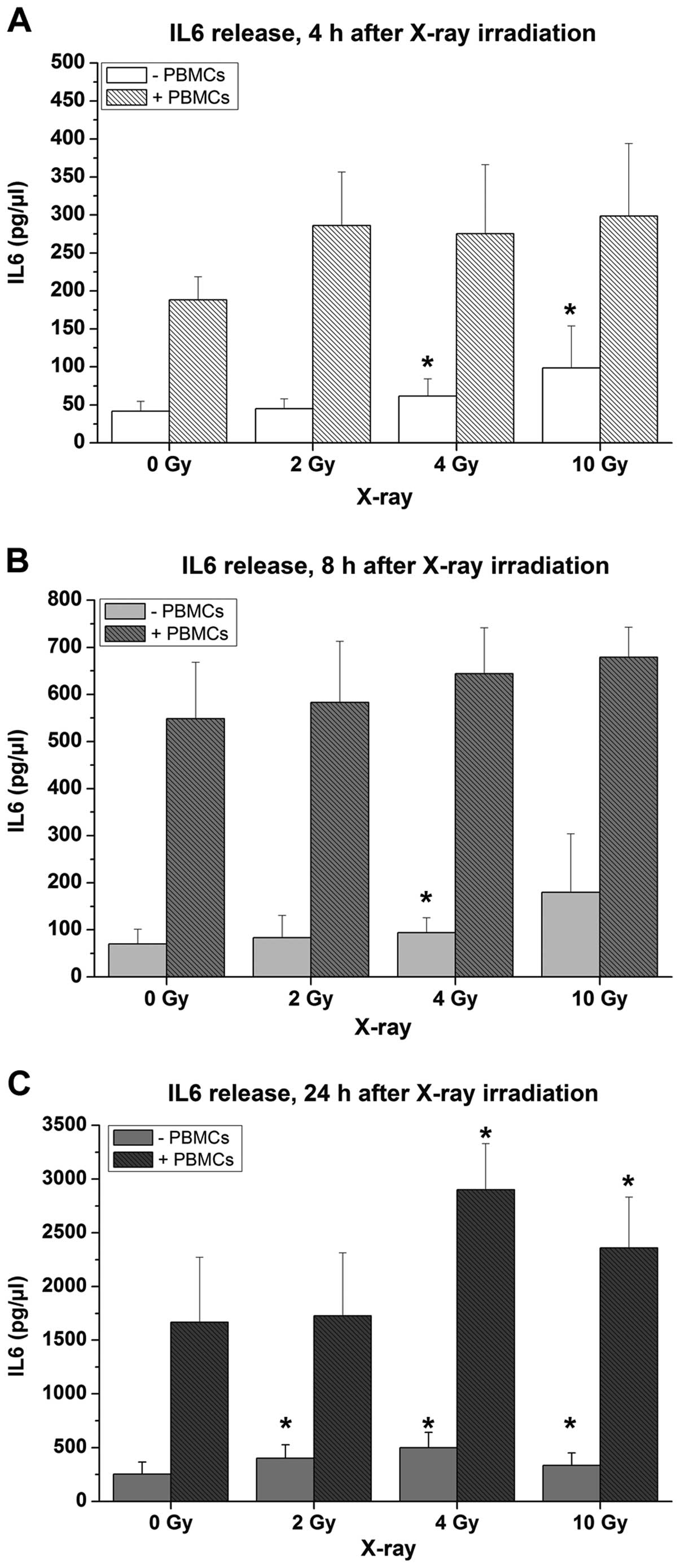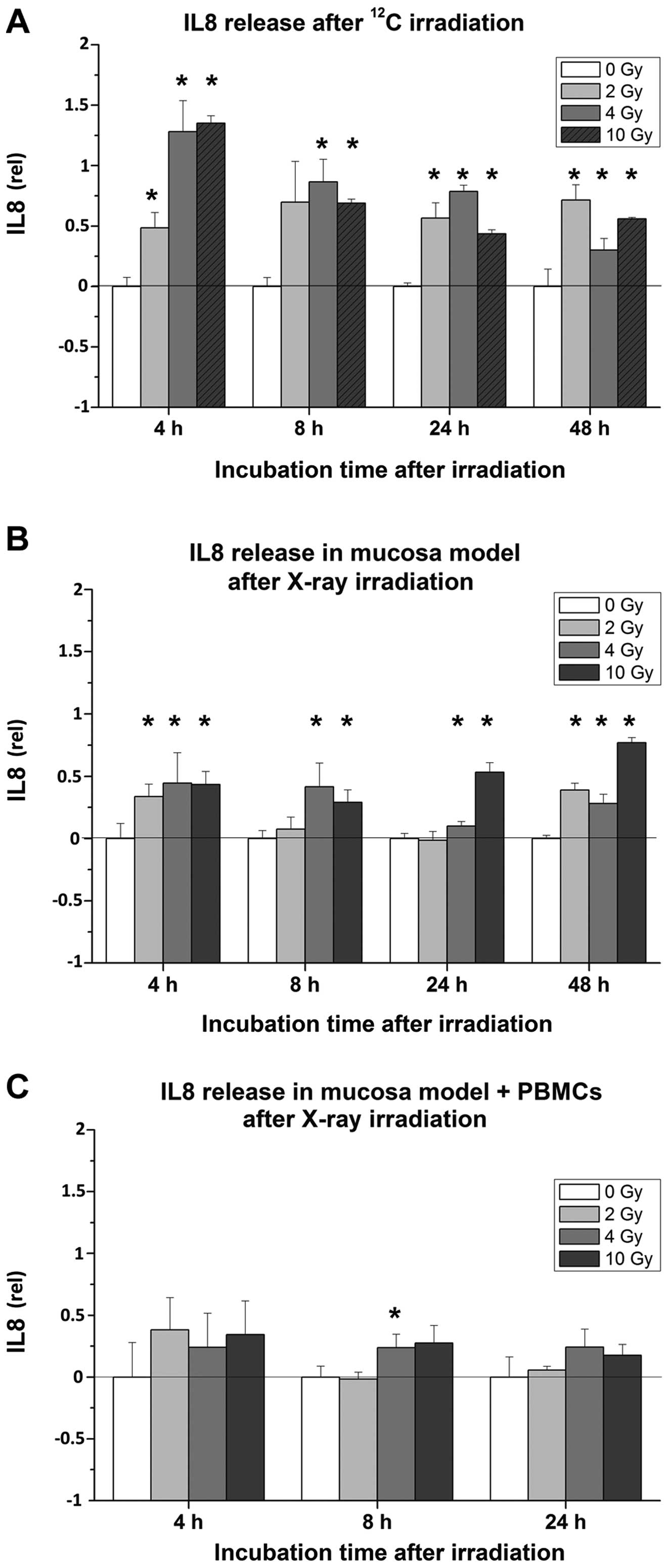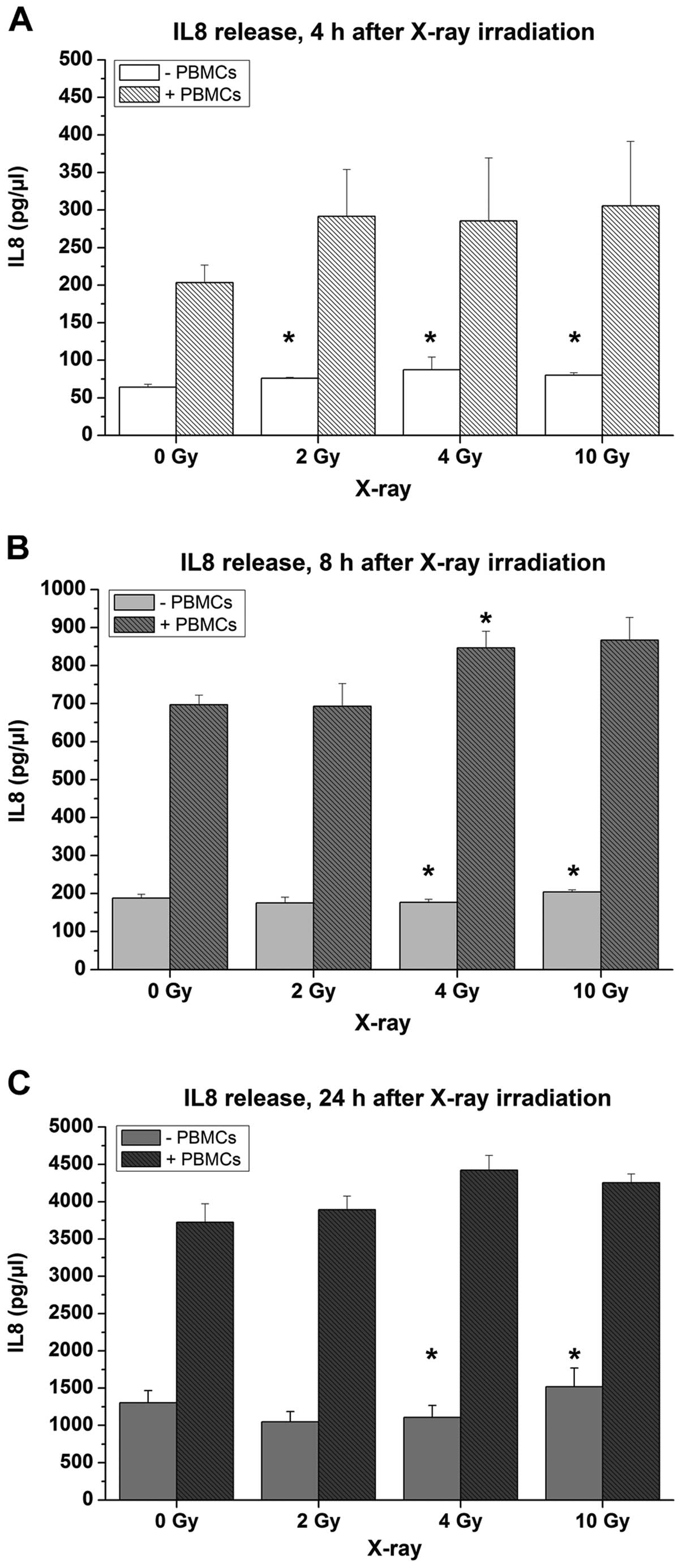|
1
|
Hall EJ and Giaccia A: Radiobiology for
the Radiologist. 7th edition. Lippincott Williams & Wilkins;
Philadelphia, PA: 2012
|
|
2
|
Hawkey A: Physiological and biomechanical
considerations for a human Mars mission. J Br Interplanet Soc.
58:117–130. 2005.PubMed/NCBI
|
|
3
|
Cucinotta FA, Kim MHY and Chappell LJ:
Evaluating shielding approaches to reduce space radiation cancer
risks. NASA Center for AeroSpace Information; May. pp. 1–35.
2012
|
|
4
|
Cucinotta FA, Kim MHY and Ren L:
Evaluating shielding effectiveness for reducing space radiation
cancer risks. Radiat Meas. 41:1173–1185. 2006. View Article : Google Scholar
|
|
5
|
Durante M and Cucinotta FA: Heavy ion
carcinogenesis and human space exploration. Nat Rev Cancer.
8:465–472. 2008. View
Article : Google Scholar : PubMed/NCBI
|
|
6
|
Schulz-Ertner D, Haberer T, Scholz M, et
al: Acute radiation-induced toxicity of heavy ion radiotherapy
delivered with intensity modulated pencil beam scanning in patients
with base of skull tumors. Radiother Oncol. 64:189–195. 2002.
View Article : Google Scholar : PubMed/NCBI
|
|
7
|
Sonis ST and Fey EG: Oral complications of
cancer therapy. Oncology. 16:680–686. 2002.PubMed/NCBI
|
|
8
|
Vissink A, Jansma J, Spijkervet FK,
Burlage FR and Coppes RP: Oral sequelae of head and neck
radiotherapy. Crit Rev Oral Biol Med. 14:199–212. 2003. View Article : Google Scholar
|
|
9
|
Jensen AD, Nikoghosyan AV, Ecker S,
Ellerbrock M, Debus J and Münter MW: Carbon ion therapy for
advanced sinonasal malignancies: feasibility and acute toxicity.
Radiat Oncol. 6:302011. View Article : Google Scholar : PubMed/NCBI
|
|
10
|
Fleckenstein J, Kühne M, Seegmüller K, et
al: The impact of individual in vivo repair of DNA double-strand
breaks on oral mucositis in adjuvant radiotherapy of head-and-neck
cancer. Int J Radiat Oncol Biol Phys. 81:1465–1472. 2011.
View Article : Google Scholar : PubMed/NCBI
|
|
11
|
Sonis ST: Oral mucositis in head and neck
cancer: risk, biology, and management. Am Soc Clin Oncol Educ Book.
236–240. 2013. View Article : Google Scholar : PubMed/NCBI
|
|
12
|
Naidu MU, Ramana GV, Rani PU, Mohan IK,
Suman A and Roy P: Chemotherapy-induced and/or radiation
therapy-induced oral mucositis - complicating the treatment of
cancer. Neoplasia. 6:423–431. 2004. View Article : Google Scholar : PubMed/NCBI
|
|
13
|
Hickok JT, Morrow GR, Roscoe JA, Mustian K
and Okunieff P: Occurrence, severity, and longitudinal course of
twelve common symptoms in 1129 consecutive patients during
radiotherapy for cancer. J Pain Symptom Manage. 30:433–442. 2005.
View Article : Google Scholar : PubMed/NCBI
|
|
14
|
Porta C, Larghi P, Rimoldi M, Totaro MG,
Allavena P, Mantovani A and Sica A: Cellular and molecular pathways
linking inflammation and cancer. Immunobiology. 214:761–777. 2009.
View Article : Google Scholar : PubMed/NCBI
|
|
15
|
Karin M and Greten FR: NF-κB: linking
inflammation and immunity to cancer development and progression.
Nat Rev Immunol. 5:749–759. 2005.
|
|
16
|
Karin M: NF-κB as a critical link between
inflammation and cancer. Cold Spring Harb Perspect Biol.
1:a0001412009.
|
|
17
|
Magné N, Toillon RA, Bottero V, Didelot C,
Houtte PV, Gérard JP and Peyron JF: NF-κB modulation and ionizing
radiation: mechanisms and future directions for cancer treatment.
Cancer Lett. 231:158–168. 2006.
|
|
18
|
Boxman IL, Ruwhof C, Boerman OC, Löwik CW
and Ponec M: Role of fibroblasts in the regulation of
proinflammatory interleukin IL-1, IL-6 and IL-8 levels induced by
keratinocyte-derived IL-1. Arch Dermatol Res. 288:391–398. 1996.
View Article : Google Scholar : PubMed/NCBI
|
|
19
|
Sawicki G, Marcoux Y, Sarkhosh K, Tredget
E and Ghahary A: Interaction of keratinocytes and fibroblasts
modulates the expression of matrix metalloproteinases-2 and -9 and
their inhibitors. Mol Cell Biochem. 269:209–216. 2005. View Article : Google Scholar : PubMed/NCBI
|
|
20
|
Wang Z, Wang Y, Farhangfar F, Zimmer M and
Zhang Y: Enhanced keratinocyte proliferation and migration in
co-culture with fibroblasts. PLoS One. 7:e409512012. View Article : Google Scholar : PubMed/NCBI
|
|
21
|
Werner S, Krieg T and Smola H:
Keratinocyte-fibroblast interactions in wound healing. J Invest
Dermatol. 127:998–1008. 2007. View Article : Google Scholar : PubMed/NCBI
|
|
22
|
Sonis ST: The pathobiology of mucositis.
Nat Rev Cancer. 4:277–284. 2004. View
Article : Google Scholar
|
|
23
|
Bonan PRF, Kaminagakura E, Pires FR,
Vargas PA and de Almeida OP: Cytokeratin expression in initial oral
mucositis of head and neck irradiated patients. Oral Surg Oral Med
Oral Pathol Oral Radiol Endod. 101:205–211. 2006. View Article : Google Scholar : PubMed/NCBI
|
|
24
|
Basu S, Rosenzweig KR, Youmell M and Price
BD: The DNA-dependent protein kinase participates in the activation
of NFκB following DNA damage. Biochem Biophys Res Commun.
247:79–83. 1998.
|
|
25
|
Lee SJ, Dimtchev A, Lavin MF, Dritschilo A
and Jung M: A novel ionizing radiation-induced signaling pathway
that activates the transcription factor NF-κB. Oncogene.
17:1821–1826. 1998.PubMed/NCBI
|
|
26
|
Piret B, Schoonbroodt S and Piette J: The
ATM protein is required for sustained activation of NF-κB following
DNA damage. Oncogene. 18:2261–2271. 1999.PubMed/NCBI
|
|
27
|
Sonis ST: New thoughts on the initiation
of mucositis. Oral Dis. 16:597–600. 2010. View Article : Google Scholar : PubMed/NCBI
|
|
28
|
Ben-Neriah Y and Karin M: Inflammation
meets cancer, with NF-κB as the matchmaker. Nat Immunol.
12:715–723. 2011.
|
|
29
|
Hellweg CE, Baumstark-Khan C, Schmitz C,
et al: Carbon-ion-induced activation of the NF-κB pathway. Radiat
Res. 175:424–431. 2011.PubMed/NCBI
|
|
30
|
Colley HE, Eves PC, Pinnock A, Thornhill
MH and Murdoch C: Tissue-engineered oral mucosa to study
radiotherapy-induced oral mucositis. Int J Radiat Biol. 89:907–914.
2013. View Article : Google Scholar : PubMed/NCBI
|
|
31
|
Tobita T, Izumi K and Feinberg SE:
Development of an in vitro model for radiation-induced effects on
oral keratinocytes. Int J Oral Maxillofac Surg. 39:364–370. 2010.
View Article : Google Scholar : PubMed/NCBI
|
|
32
|
Lambros MP, Parsa C, Mulamalla H, et al:
Identifying cell and molecular stress after radiation in a
three-dimensional (3-D) model of oral mucositis. Biochem Biophys
Res Commun. 405:102–106. 2011. View Article : Google Scholar : PubMed/NCBI
|
|
33
|
Brat DJ, Bellail AC and Van Meir EG: The
role of interleukin-8 and its receptors in gliomagenesis and
tumoral angiogenesis. Neuro Oncol. 7:122–133. 2005. View Article : Google Scholar : PubMed/NCBI
|
|
34
|
Xie K: Interleukin-8 and human cancer
biology. Cytokine Growth Factor Rev. 12:375–391. 2001. View Article : Google Scholar
|
|
35
|
Yin Y, Si X, Gao Y, Gao L and Wang J: The
nuclear factor-κB correlates with increased expression of
interleukin-6 and promotes progression of gastric carcinoma. Oncol
Rep. 29:34–38. 2013.
|















